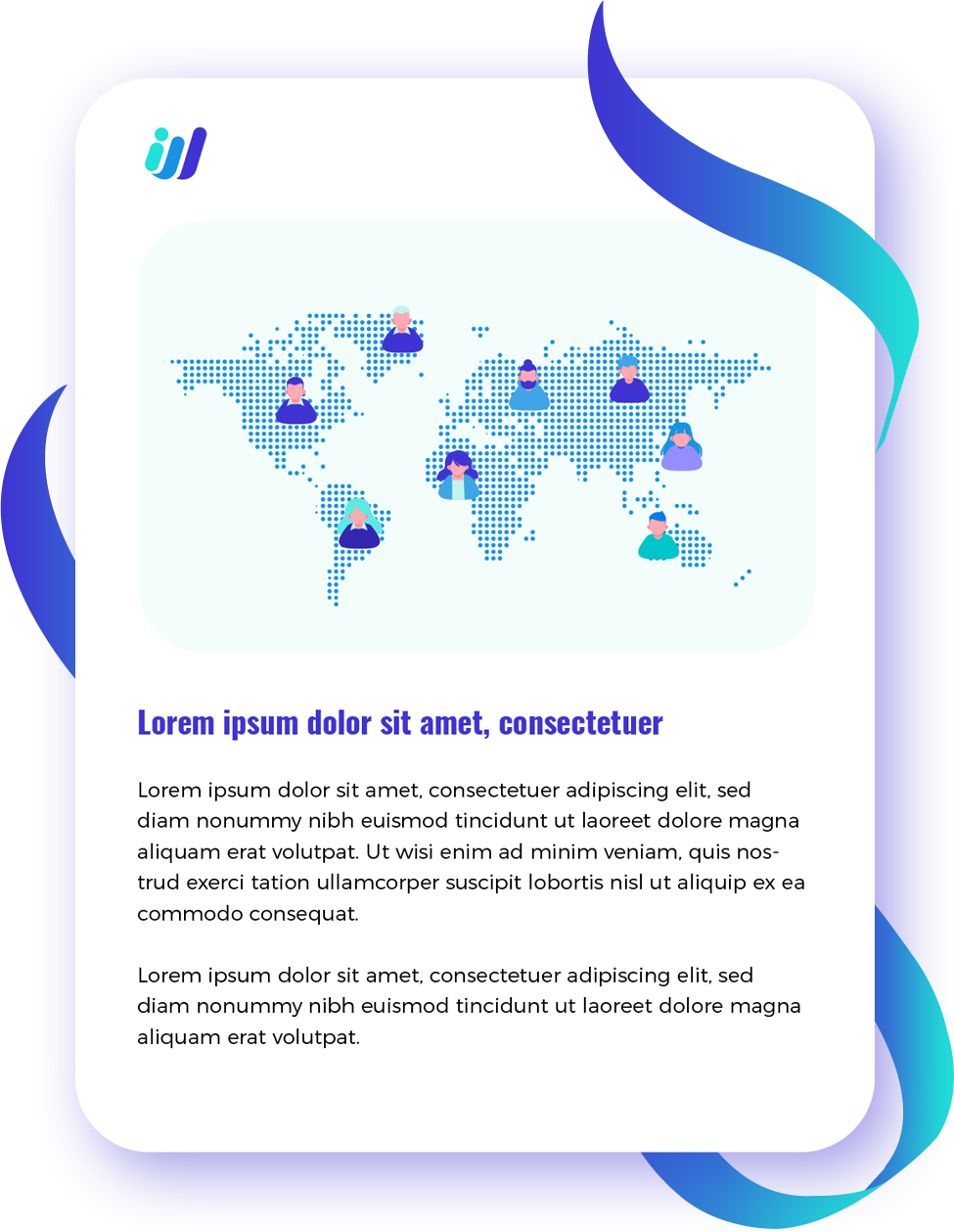Nobody knows the details of an outsourcing relationship more than the individuals and teams who work with the partners on a regular basis. For most companies, that is the procurement team.
Procurement teams provide insight on whether the outsource partner is meeting expectations agreed upon and if the terms of the agreement need to be revisited and addressed before renewing the agreement. The team is also in charge of supplier risk research, which is time-consuming and retrospective but critical to the success of any partnership.
Once the procurement team is done with risk research, they have more time to look beyond their current supplier base and keep a closer eye on global commodities trends.
Often, the same intuitive platforms that give reliable supplier risk insights can also deliver reliable category and commodity insights. As a result, procurement teams have access to a single source of data and a consolidated perspective of risk across suppliers, categories, and locations.
Procurement teams can change their operations and reduce the effects of disruptive crisis occurrences that come from having a thorough, real-time perspective of risk. Teams can understand where the largest hazards to their operations are arising right away and figure out what steps they need to take to reduce the impact.
And, as we’ve seen over the last few years, that level of understanding can mean the difference between keeping things running smoothly and watching them grind to a halt.
Today, empower procurement teams and get ready for the next major disruption.
Procurement and supply chain teams have been thrown into chaos during the last 18 months. The crises we’ve witnessed have been catastrophic, but they’re nothing new in retrospect.
Procurement teams and their businesses are now more exposed to risk than ever before, thanks to today’s global strategies and supplier portfolios. We don’t know what the next crisis will look like, but we can predict that it will occur – and that it will occur sooner than we expect, based on history.
Organizations may take a big step toward reducing the effects of recent events by giving procurement teams the time, resources, and insights they need to take a proactive approach to risk management.
Are you working towards a future-ready transformation?
Procurement departments must change how they function and cooperate with internal and external stakeholders to lead in the new normal. Adopting an agile operating model could aid procurement activities in quickly scaling up or down in response to supply shortages. A cross-functional “sprint team” may be assigned to expedite capturing value in a certain spend category, or a “negotiation factory” could be set up to deliver contract negotiations in an assembly-line fashion, or a new supplier could be onboarded quickly using agile methodologies.
These new ways of working necessitate new skills: data engineers and data scientists are becoming more frequent in top procurement departments, and demand for data capabilities is growing across the board. Procurement leaders will also want to improve their soft skills to build strong relationships with suppliers and communicate more effectively with internal departments across the company in a more agile manner. This will necessitate attracting fresh talent as well as upskilling current employees. To engage experienced personnel and enhance their potential, leading companies are using virtual training approaches and gamified digital technologies. The winning procurement businesses will embrace a culture of lifelong learning.
Procurement can help a company recover from a pandemic. Forward-thinking businesses will go even further and fully reinvent the function to maximize the value it can provide. Investing in stronger, future-ready procedures and capabilities – including access to global top talents – will pay off, allowing businesses to emerge stronger and better prepared for any future crises. Request a FREE copy of the e-book on Third Wave Outsourcing .



